-
Friends, our 2nd Amendment rights are always under attack and the NRA has been a constant for decades in helping fight that fight.
We have partnered with the NRA to offer you a discount on membership and Muzzleloading Forum gets a small percentage too of each membership, so you are supporting both the NRA and us.
Use this link to sign up please; https://membership.nra.org/recruiters/join/XR045103
You are using an out of date browser. It may not display this or other websites correctly.
You should upgrade or use an alternative browser.
You should upgrade or use an alternative browser.
Officer Fusil?
- Thread starter Granville
- Start date

Help Support Muzzleloading Forum:
This site may earn a commission from merchant affiliate
links, including eBay, Amazon, and others.
- Joined
- May 6, 2014
- Messages
- 17,006
- Reaction score
- 15,578
Not the only difference, but a huge difference is an Officer's Fusil was normally, though not always, relieved near the muzzle for a socket bayonet.
Gus
Gus
The officers fusils I’ve seen in photos looked like light muskets, these were privately bought and we have fictional accounts of officers hunting with their light fusils
- Joined
- Nov 26, 2005
- Messages
- 5,146
- Reaction score
- 10,542
Hi Granville,
I think you have a civilian sporting gun from the late 18th century. It looks British or perhaps New England with imported or reused British parts. The consensus among at least British and American firearms historians is that officer fusils were not common, not government issue (meaning they were purchased privately), always had sling swivels, and were set up to mount full sized bayonets. It is important to understand that both British and American militaries vacillated about officers carrying firelocks. Some senior officers believed no line officers should be focused on loading and shooting, rather only on leading their men, while others thought officers needed firearms to protect themselves.
dave
I think you have a civilian sporting gun from the late 18th century. It looks British or perhaps New England with imported or reused British parts. The consensus among at least British and American firearms historians is that officer fusils were not common, not government issue (meaning they were purchased privately), always had sling swivels, and were set up to mount full sized bayonets. It is important to understand that both British and American militaries vacillated about officers carrying firelocks. Some senior officers believed no line officers should be focused on loading and shooting, rather only on leading their men, while others thought officers needed firearms to protect themselves.
dave
Thanks for the information, I picked this up from a WW2 veterans family, along with a German Helmet and bayonet. They said he brought it home from the war, yet I cant be certain about the Flintlock. I kept it because it has not been buggered with, never seen a piece of sand paper on wood or metal. Its super light and points well. Thanks again!
- Joined
- Nov 26, 2005
- Messages
- 5,146
- Reaction score
- 10,542
Hi,
There should be stamped proof marks near the breech and possibly even a maker's name or mark. The name on the lock might be "Hunt" but that is not clear. Joseph Hunt was a Birmingham maker late in the 18th century. Here are photos of a gun of the same style and vintage by H. W. Mortimer.
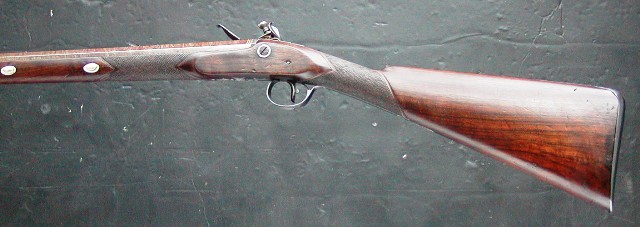
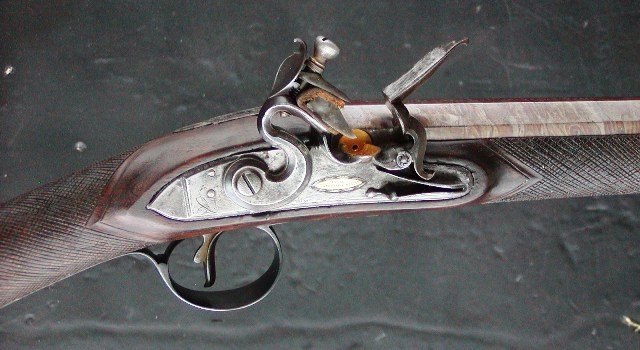
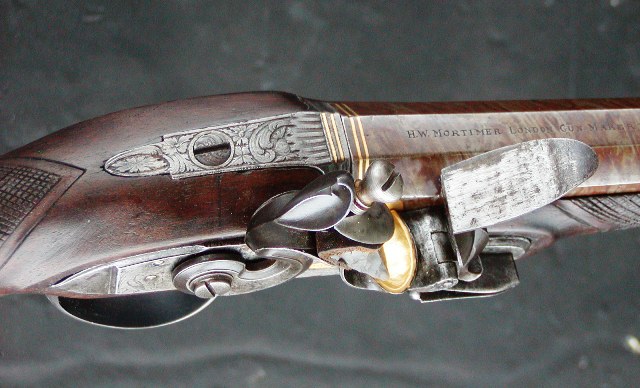
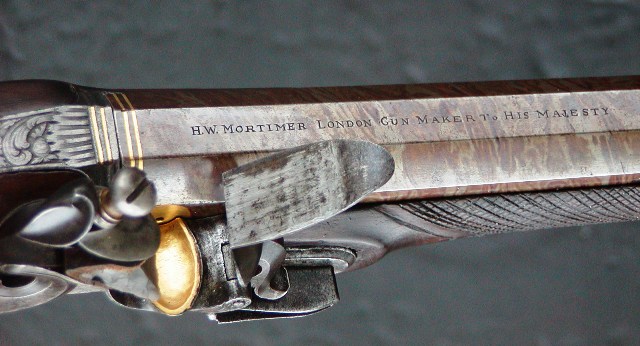
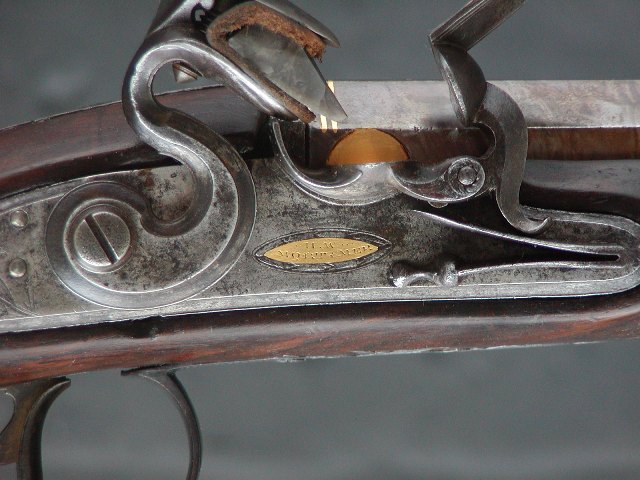
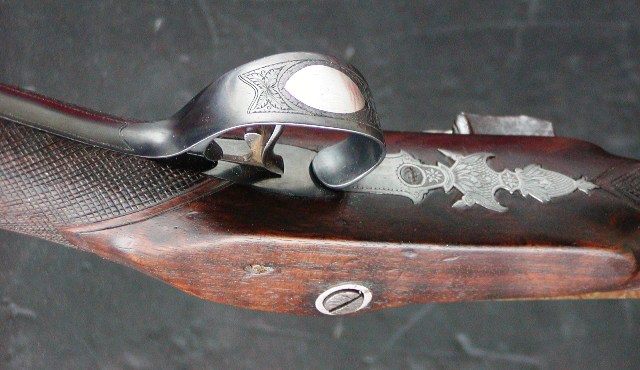
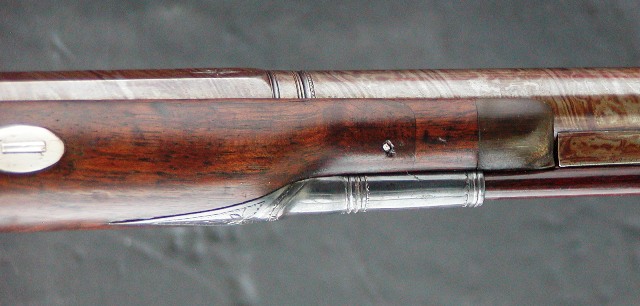
dave
There should be stamped proof marks near the breech and possibly even a maker's name or mark. The name on the lock might be "Hunt" but that is not clear. Joseph Hunt was a Birmingham maker late in the 18th century. Here are photos of a gun of the same style and vintage by H. W. Mortimer.







dave
Similar threads
- Replies
- 8
- Views
- 633
- Replies
- 9
- Views
- 1K
- Replies
- 20
- Views
- 1K








